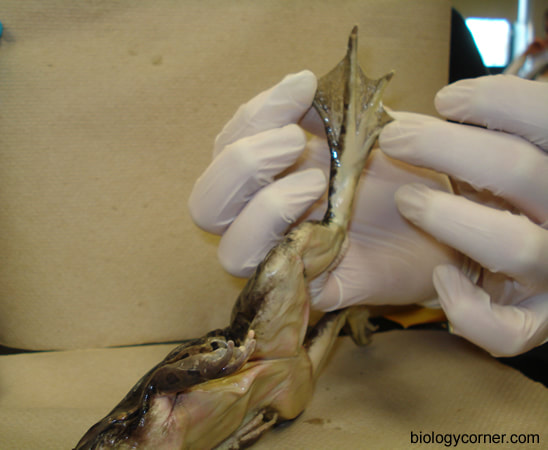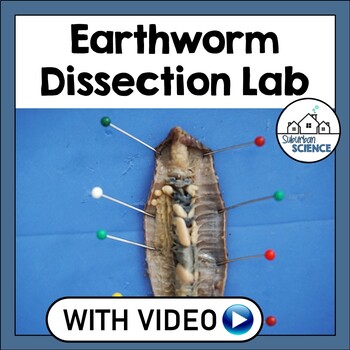

However, the practice is performed only occasionally in regular classes, or even omitted, and a number of students never participate in it.

Opinions on such practices are positive, and only a minority of students would prefer to opt out. Based on a sample of 485 questionnaires collected from Slovenian lower and upper secondary school students, we can conclude that dissection of mammalian organs during the courses on Human Anatomy would be a preferred activity for the majority of them. This article describes the results of a study that investigated the use of the dissection of organs in anatomy and physiology classes in Slovenian lower and upper secondary schools.By addressing the issue of the declining amphibian populations in the United States, along with support from studies comparing physical dissection to alternative methods and their effect on student proficiency of the learned information, I will encourage professors to assess all of the information available on the issue of dissection to make an educated choice about their continued use of amphibians for dissection. The same content learned during a physical dissection can be covered, often more thoroughly, through the use of computer-simulated dissections, lectures, videos of dissections, and other alternatives which enable students to become more proficient with the information encountered during a dissection. It has been suggested, however, based on empirical evidence there are better ways for students to learn the anatomy of a frog which do not cause death to any animal. Students engage in Mathematical Practice 3 (construct viable arguments and critique the reasoning of others) as they help a student partition her rectangular room into equal shares.Many high school and college professors teach students the structure and function of systems in the human body by having them dissect physical frogs. This work helps students deepen their understanding of equivalence because when a whole is partitioned into halves, the halves must be equal parts of the whole. Additional evidence of equivalence in these key concepts is that 2 halves equal 1 whole. The concept is developed through work with basic shapes, like rectangles, which support an introduction into thinking about fractional parts of a whole (something students will need to know in future grades). A conceptual challenge students may encounter is partitioning shapes unequally because they think that any two parts equal halves. This prior knowledge is extended to introduce part-whole relationships of shapes as students partition shapes to demonstrate equal shares that we call halves. Students bring prior knowledge of modeling and composing shapes from Grade K, Unit 15, K.G.B.5. Lesson objective: Understand that shapes can be partitioned into two equal shares that we call halves, and that those two shares together equal one whole. Environmental Literacy and Sustainability.Marketing, Management and Entrepreneurship.Agriculture, Food and Natural Resources.


 0 kommentar(er)
0 kommentar(er)
